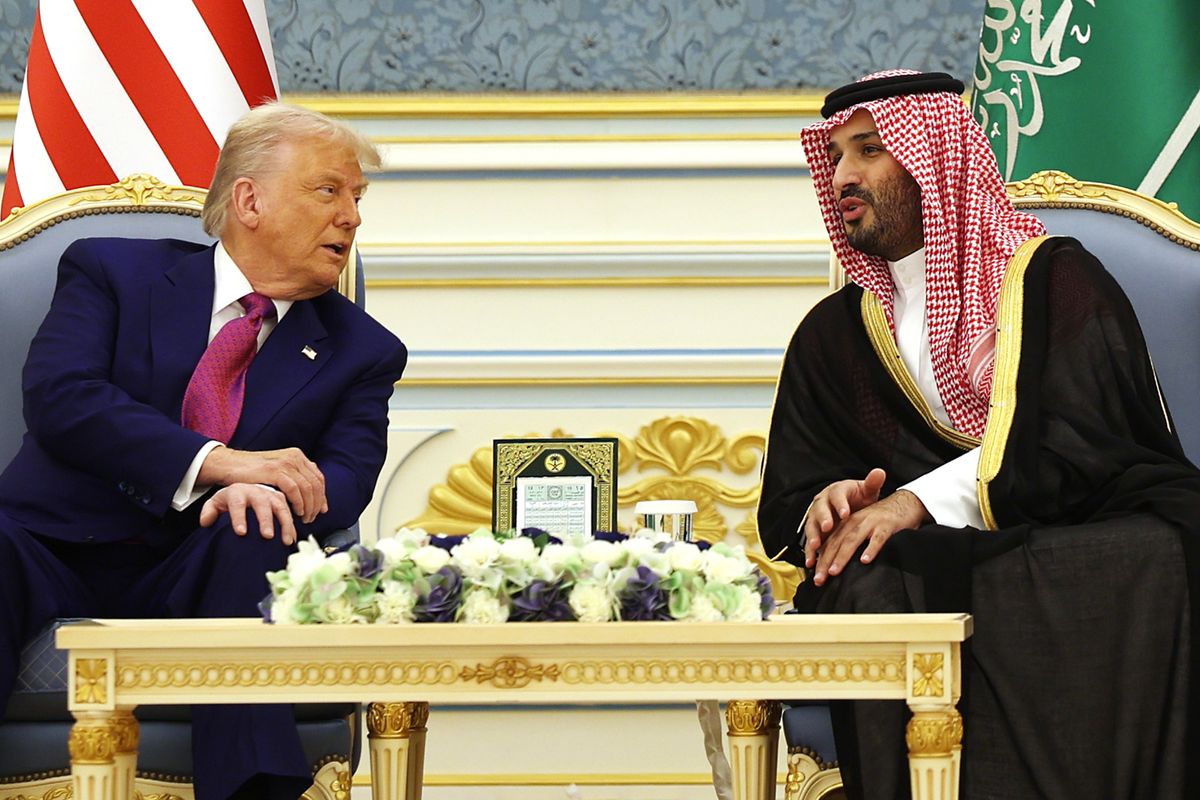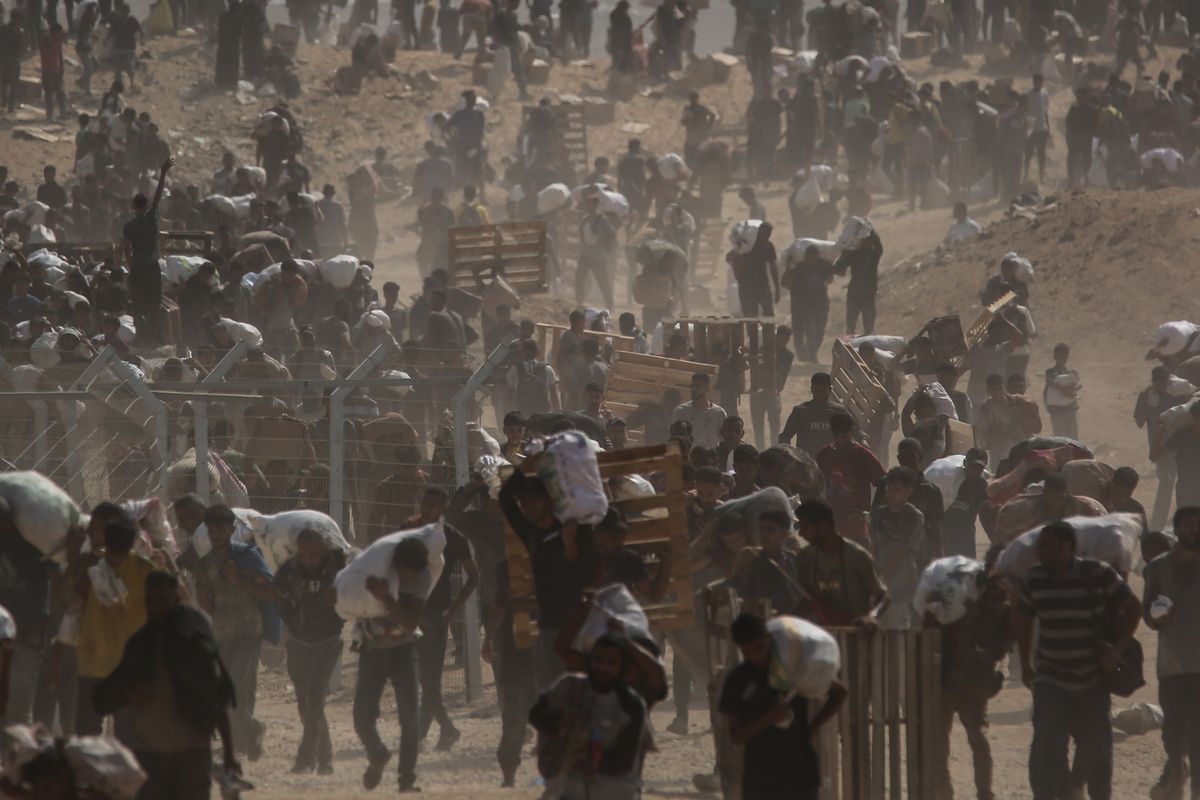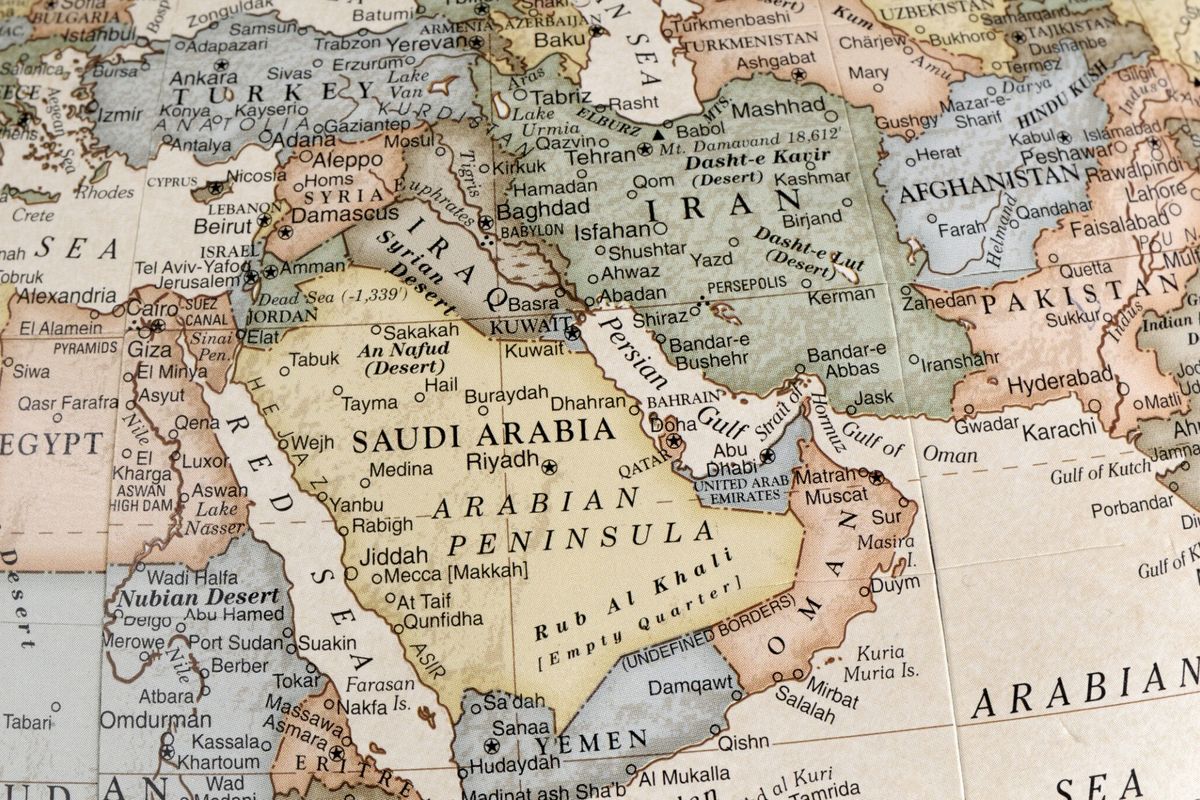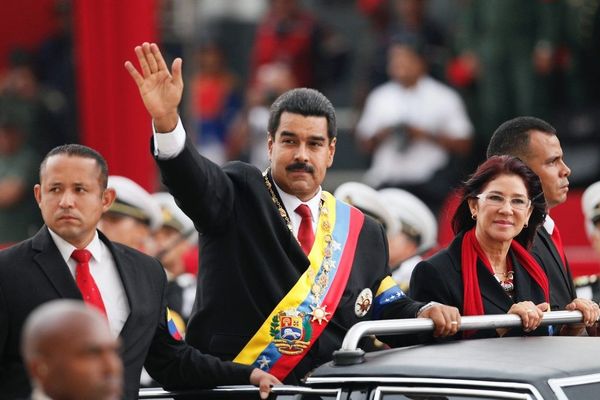Peace talks are stalled and a ceasefire between the Saudis and the Houthis in Yemen is not holding. This is exactly what terrorist groups, like al-Qaeda in the Arabian Peninsula and the Islamic State, want. The Cipher Brief talked to Wilson Center senior scholar and former Middle East correspondent for The Washington Post David Ottaway about the current situation on the ground.
The Cipher Brief: Saudi Arabia’s involvement in Yemen is the Arab nation’s first major military campaign abroad during the Obama administration. Explain why Saudi Arabia decided to take take action and how the U.S. is assisting.
David Ottaway: Saudi Arabia decided to go to war in Yemen in March 2015 because it feared the Houthi takeover of the country would give Iran, its chief regional enemy, a foothold on its vulnerable southern underbelly. Essentially, it was a reactive response to events on the ground there. But the Saudis also felt they had to demonstrate they could project their military power in the region to aid in their quest for leadership of the Arab world. They now lead two coalitions, one of nine Arab Sunni nations in the Yemeni war and one of 20 Muslim countries against terrorism. The Obama administration had, in fact, been urging Saudi Arabia to stand up on its own and stop depending totally on the U.S. for its security. And so they have, with the U.S. providing backup logistical support, intelligence, and more than $1 billion in munitions for Saudi warplanes.
TCB: What is the U.S. national interest with its involvement in the conflict?
DO: The Obama administration does regard al-Qaeda in the Arabian Peninsula (AQAP), now in control of much of southeastern Yemen, a terrorist threat to the American homeland because of several incidents linked to AQAP. For years now, the U.S. has been hitting AQAP targets with drones, killing off its leaders. The U.S. had no major national interest at stake in Yemen until the rise of AQAP.
TCB: After a year of war, both sides – the Saudis and the Houthis – agreed to a ceasefire on April 10. What is the current situation on the ground?
DO: The two sides have basically reached a stalemate in the war. The Houthis still hold the capital Sanaa, the port town of Hodaidah on the Red Sea, and most of the north. The Saudi coalition has freed Aden, the country’s second largest city, and pushed the Houthis out of most of the south and east (Taiz is still in dispute, however). Right now the Saudis’ Yemeni allies, backed by foreign Arab coalition forces, are closing in on Sanaa from the north and east. But neither side wants to engage in a full-scale battle over Sanaa. Also, the Saudis have begun showing a realization that the longer the war drags on, the more powerful AQAP and the Islamic State are likely to become, creating an even greater threat to the kingdom than the Houthis or Iran.
A new ceasefire might hold for a short time because both sides need a cessation of fighting in order to devise a political way out of their impasse. However, there are too many uncontrolled parties with their own special interests (tribal militias, AQAP, and the Islamic State) for a ceasefire to last for very long.
TCB: Peace talks were set to begin in Kuwait on April 18 but have already fallen in limbo, with the Houthis complaining about continuing Saudi air attacks. It is unclear if the talks are simply stalled or will break off completely. Why did the two sides agree to the talks? What does each side want?
DO: Both sides are exhausted, and the war has been a disaster for the country and its people. More than 6,000 Yemeni have died, 2.5 million others have been displaced from their homes, the infrastructure has been extensively damaged, famine is knocking at the door, and the country risks total destruction if the war goes on.
The Saudis want the Houthis and their allies, the old army units under former president Ali Abdullah Saleh, to accept all the terms of U.N. Resolution 2216. Militarily, this means withdrawal from all the territory they seized by force, including Sanaa. The resolution also demands the return of heavy weapons to the internationally recognized government of President Abd Rabbuh Hadi. In addition, the Saudis want to prevent the Houthis from maintaining a Hezbollah-like independent militia and see it integrated into a national army.
Politically, the U.N. resolution calls for returning to a national dialogue, like the one that ended in 2014, for negotiations over a proposal for a new federal state. The Houthis, on the other hand, want a prominent role in any new national unity government established. They also want a larger regional unit in a federation and access to the sea, both of which were denied to them by the proposal for a federation solution during the 2014 talks.
Negotiations promise to be extremely difficult. Both sides have tribal partners and powerful warlords out to push and protect their own interests. The fate of one warlord in particular, former President Ali Saleh, is likely to be a major sticking point because the Saudis want him out of Yemeni politics and out of the country for good. The Houthis are just as likely to insist that their own militia stay in the country to assure the security of their northern homeland.
The AQAP and Islamic State are totally outside the new negotiations, with no interest in seeing them succeed and every interest to make them fail. It will probably take many rounds of negotiations before even a tentative settlement is reached. And the process is certain to be sorely tested by new rounds of fighting, as both sides jockey for the advantage and AQAP, Islamic State, and other terrorists do their best to keep the two sides at war.
TCB: If the peace talks fail (or never happen), what options does the U.S. have moving forward?
DO: If peace talks fail, the U.S. can only continue pressing for their renewal with U.N. help. The U.S. will probably have to continue supplying munitions and logistical assistance if it wants the Saudis to step up their involvement in the U.S.-led coalition against the Islamic State in Syria and Iraq.












